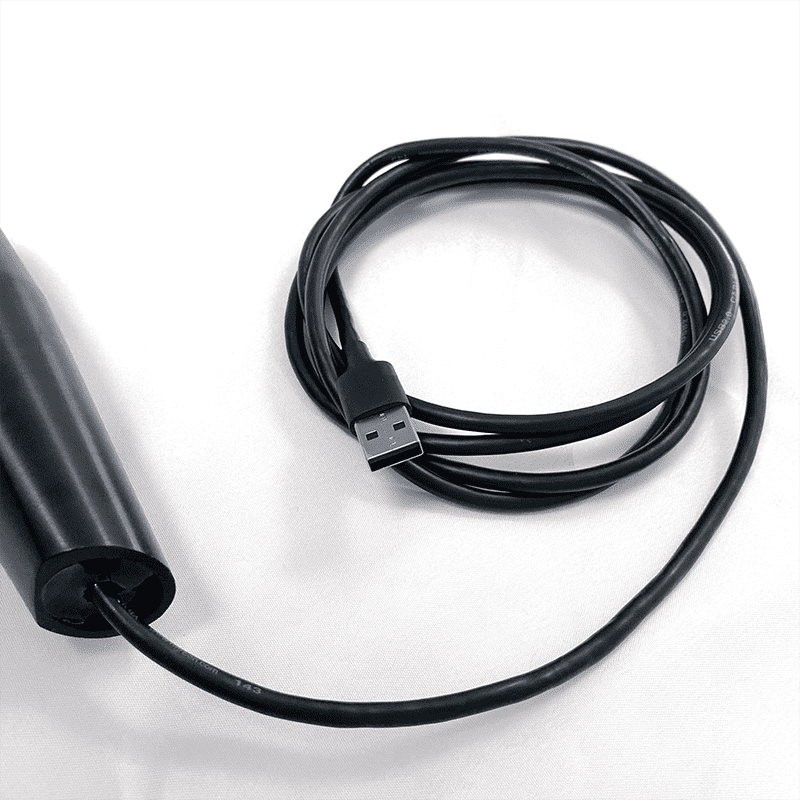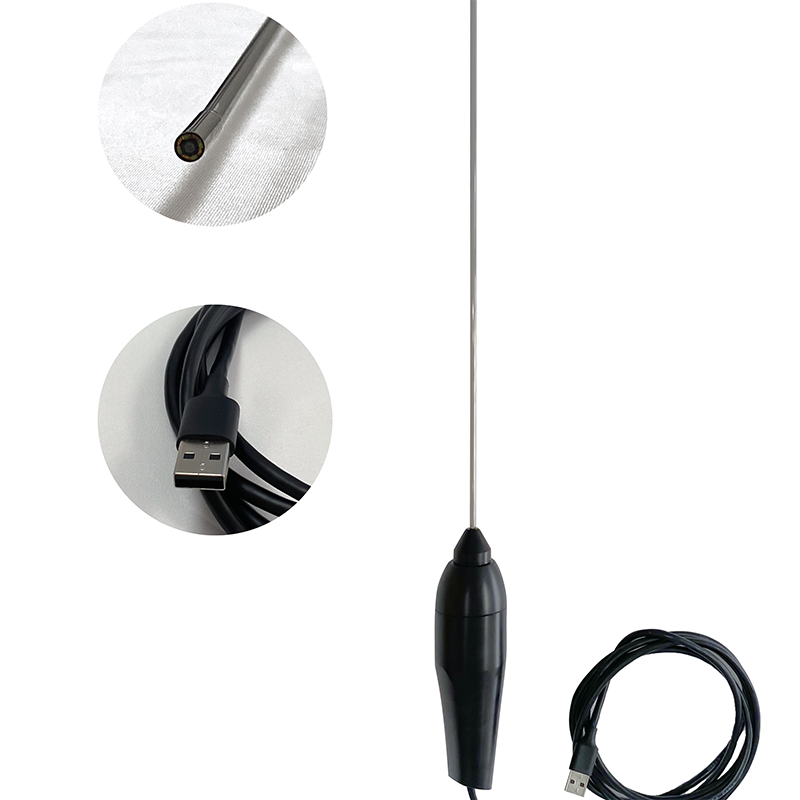Rigid sigmoidoscopy is a fundamental diagnostic procedure used by medical professionals to examine and investigate symptoms related to the lower gastrointestinal tract. In this blog, we aim to unravel the intricacies of this investigative technique, shedding light on its significance, procedure, benefits, and potential limitations.
Understanding Rigid Sigmoidoscopy (100 words):
Rigid sigmoidoscopy is a medical procedure that allows healthcare providers to visually examine the rectum and the lower part of the colon, known as the sigmoid colon. It involves inserting a rigid tube-like instrument called a sigmoidoscope into the anus to view and evaluate the lining of the rectum and sigmoid colon. Unlike flexible sigmoidoscopy, which uses a flexible tube, the rigid sigmoidoscope offers a stiffer and more robust approach, providing stability and better visibility during the examination.
The Procedure (100 words):
During a rigid sigmoidoscopy, the patient will be asked to lie on their side while their knees are drawn towards the chest. This position allows for optimal visualization of the rectum and sigmoid colon. The sigmoidoscope, lubricated for ease of insertion, is then carefully inserted into the anus. While advancing the instrument, the healthcare provider inspects the rectal tissues for any abnormalities, such as inflammation, polyps, or tumors. The procedure typically takes only a few minutes and is generally well-tolerated by patients.
Benefits of Rigid Sigmoidoscopy (150 words):
Rigid sigmoidoscopy offers several advantages in the field of diagnostic medicine. Its simplicity and quick execution make it a preferred option for evaluating symptoms like rectal bleeding, abdominal pain, changes in bowel habits, and inflammation. By directly visualizing the interior rectum and sigmoid colon, healthcare professionals gain valuable insights into the cause of the patient’s symptoms and can make informed decisions regarding further investigation or treatment.
Furthermore, rigid sigmoidoscopy enables the removal of small polyps or tissue samples for biopsy, aiding in the early detection and prevention of colorectal cancer. Its rigidity allows for excellent control and maneuverability, ensuring accurate and precise examination results. Additionally, as it does not require sedation, the procedure can be performed in an outpatient setting, minimizing cost and potential risks associated with general anesthesia.
Limitations and Considerations (100 words):
Though rigid sigmoidoscopy is a valuable diagnostic tool, it does have its limitations. Due to its rigid nature, it can only visualize the rectum and sigmoid colon, leaving the rest of the colon unexamined. Consequently, it may not provide a comprehensive assessment of the entire large intestine. When a full evaluation of the colon is necessary, a colonoscopy may be recommended. Additionally, some patients may experience discomfort or minor bleeding following the procedure, but these effects are typically transient and resolve quickly.
Conclusion (50 words):
Rigid sigmoidoscopy remains an invaluable procedure in diagnosing and monitoring various lower gastrointestinal conditions. Its simplicity, efficiency, and accuracy make it a go-to option for healthcare providers. By better understanding the procedure’s intricacies, patients can confidently discuss its potential benefits and limitations with their medical professionals.



Post time: Nov-02-2023

